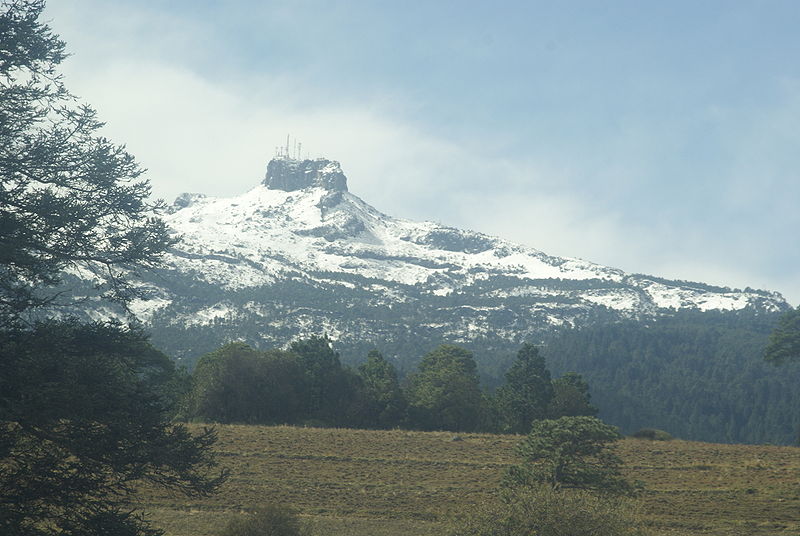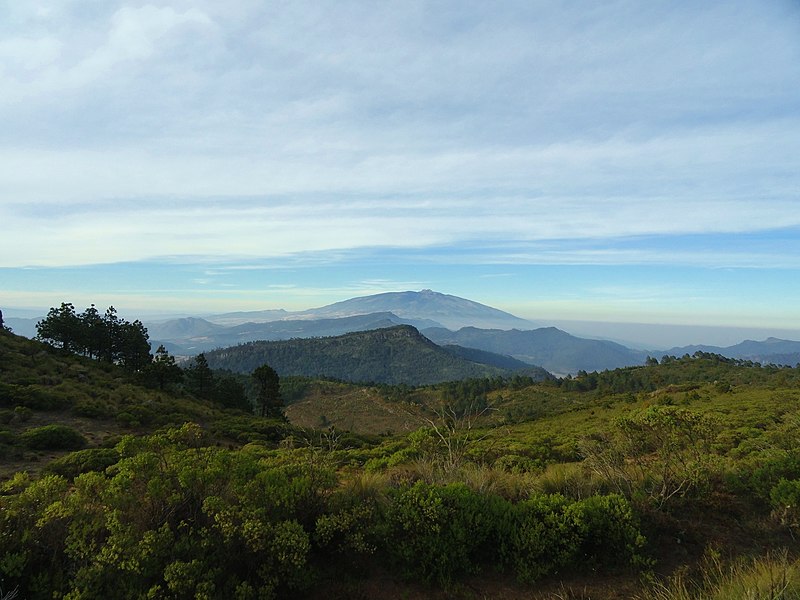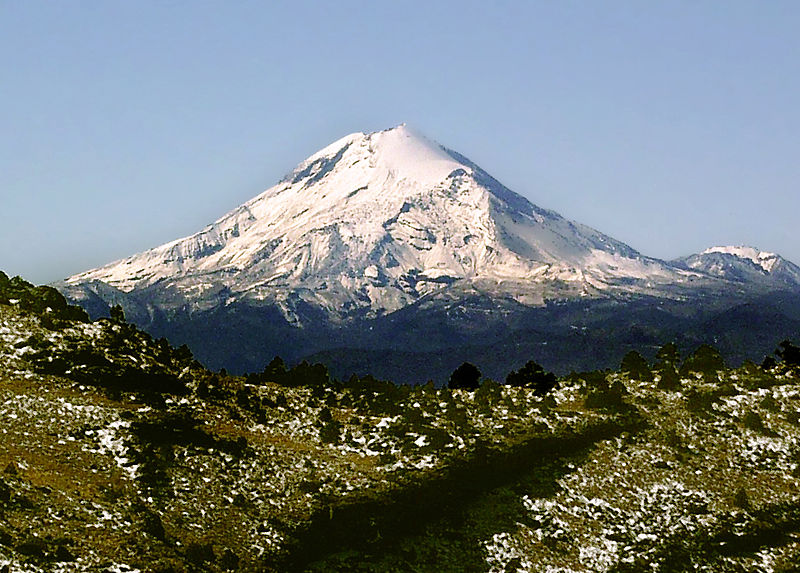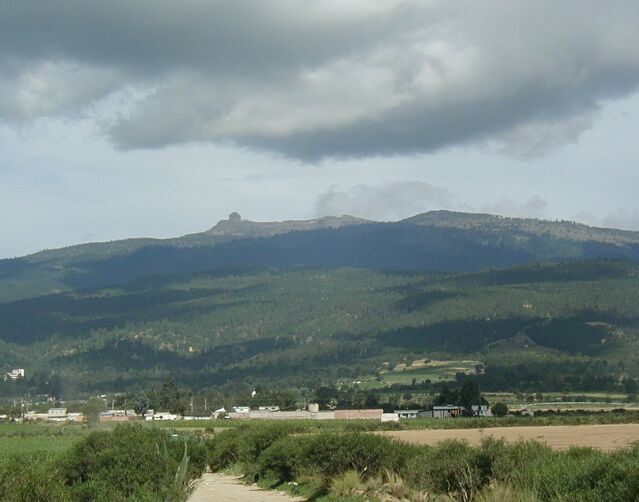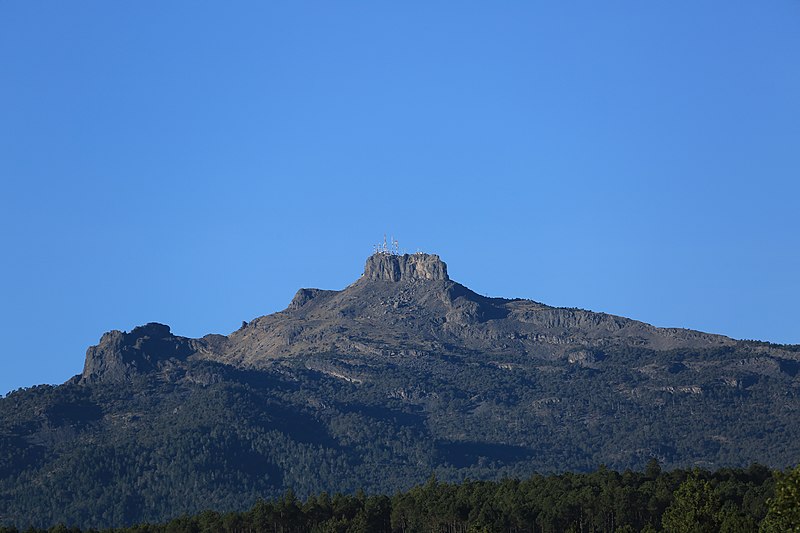Cofre de Perote
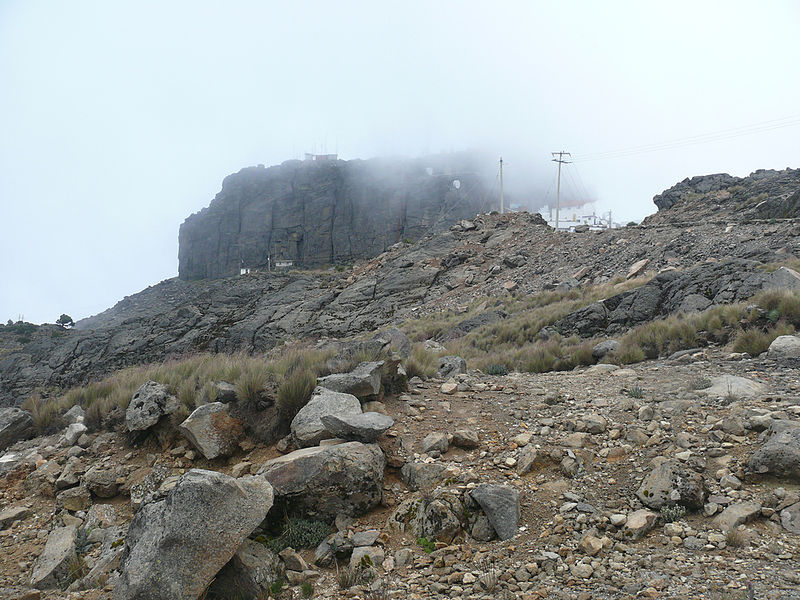
Facts and practical information
Cofre de Perote, also known as Nauhcampatépetl, is an imposing shield volcano located in the Mexican state of Veracruz. Dominating the landscape at an elevation of 4,282 meters, this mountain is part of the Trans-Mexican Volcanic Belt, a region renowned for its volcanic activity and diverse ecosystems. Unlike the stereotypical conical shape of stratovolcanoes, Cofre de Perote's broad and flattened profile is the result of its geological history as a shield volcano.
The name 'Cofre de Perote' is derived from the Spanish word for 'coffer,' referencing the box-like shape of the large rock formation at its summit, which is visible from miles around. The summit itself is often shrouded in clouds, contributing to the lush, high-altitude forests that cover its slopes. These forests are home to a rich variety of flora and fauna, making the volcano a prime location for ecotourism and biological research.
As a less-visited destination compared to the more famous Pico de Orizaba, Mexico's tallest peak, Cofre de Perote offers a tranquil retreat for hikers and nature enthusiasts. The trails leading up to the summit provide an opportunity to experience the serene beauty of the high-altitude environment, with panoramic views that are truly breathtaking.
Despite its dormant status, Cofre de Perote's volcanic soil is highly fertile, supporting local agriculture in the surrounding areas. The region is known for the production of apples, potatoes, and other highland crops that thrive in the cool climate.
Veracruz


